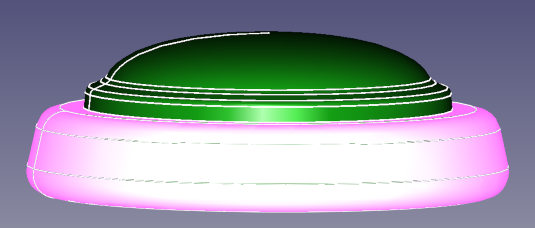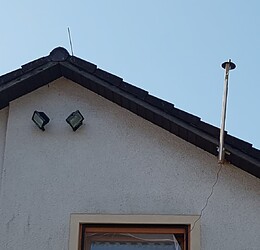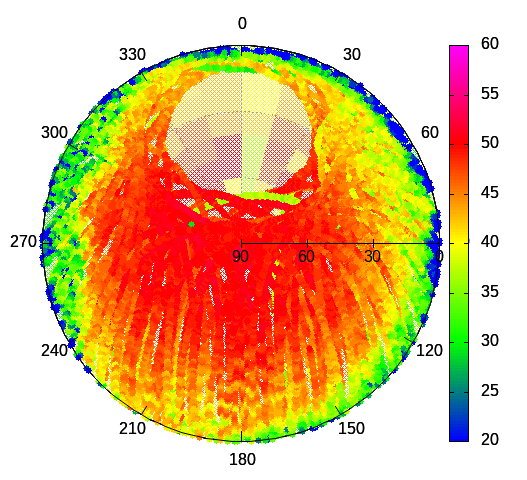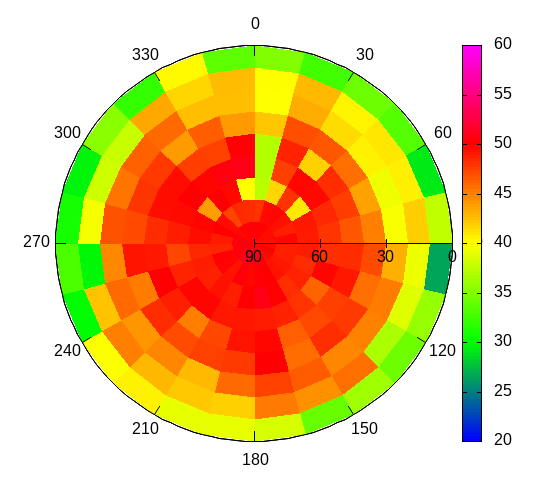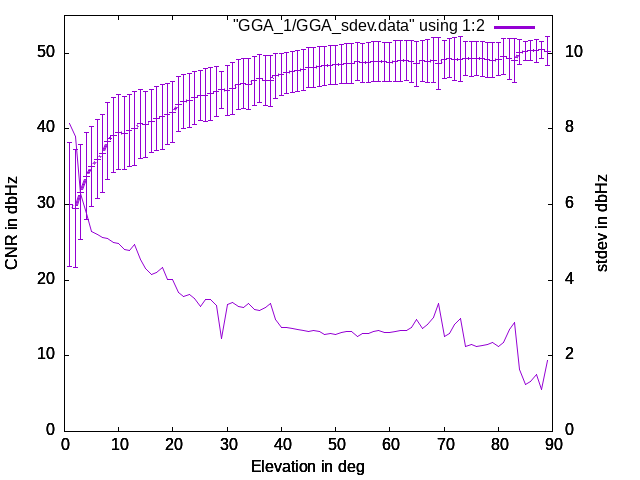Planning a dual antenna installation with UM982 (Tri-Band) on a John Deere.
Antennae have to be placed side by side, with a larger distance increasing precision.
Have a lot of trees and low hanging branches along my field edges and ways.
There’s an inspiring example here with survey type antennae
However the author emphasizes that he can manage to stay off low hanging branches. Lucky one.
I’d prefer AG-30, they look quite robust (at least in the images, have quite long lead times…) and promise superior signal quality.
But do they withstand branches that fold mirrors?
What are the options to get it more robust?
Some ideas:
- Go for a flat patch type such as the U-blox ANN-MB2
- add a protective base plate large and stable
(how large can a base plate be for L1/L2/L5?
does it hurt performance of a survey type antenna?) - add protective bow
- reduce lateral distance of antennae
- put a protective cover over the antennae -
how does it affect receiver performance? - put antennae on foldable arms, as used for mirros, e.g.
- put a predetermined breaking point in the antenna mounting
- detachable antennae
- always have some antennae in reserve
- … ???
Any ideas, experience?


